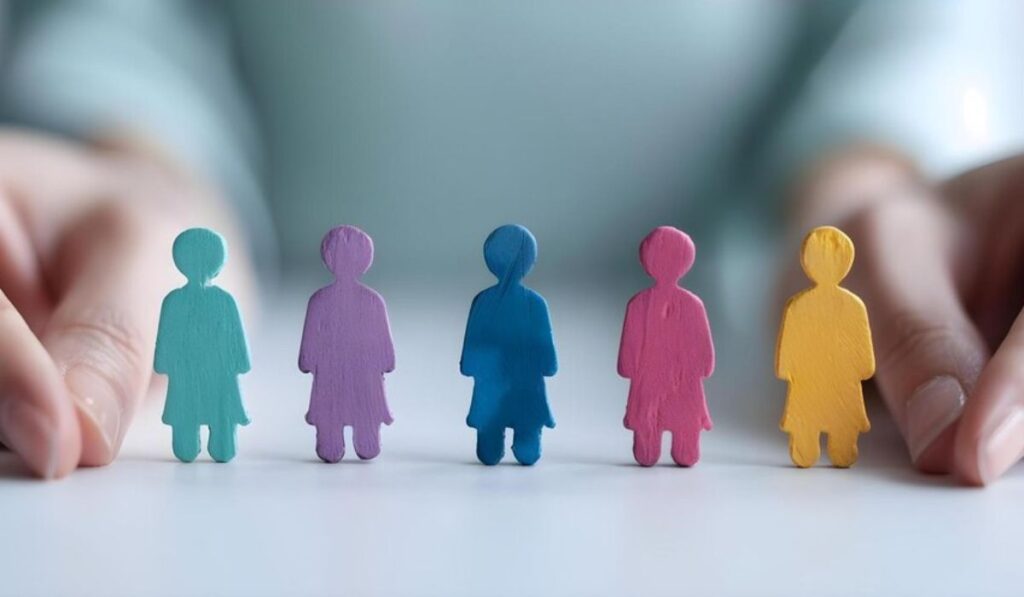Autogynephilia is a term used in psychology to describe a specific type of paraphilia, in which an individual experiences sexual arousal at the thought or image of themselves as a woman. The concept, introduced by psychologist Ray Blanchard in the late 1980s, has been a topic of considerable debate and controversy, particularly within the transgender community and among gender researchers. This article aims to provide a comprehensive overview of autogynephilia, its origins, the controversies surrounding it, and its implications for understanding gender identity and sexuality.
Origins and Definition
The term “autogynephilia” is derived from Greek roots: “auto” meaning “self,” “gynē” meaning “woman,” and “philia” meaning “love or attraction.” Blanchard proposed that autogynephilia is one of the main motivations for male-to-female (MTF) transsexualism, particularly among those who transition later in life. According to Blanchard’s typology, there are two primary types of MTF transsexuals: “homosexual transsexuals,” who are attracted to men, and “autogynephilic transsexuals,” who are primarily attracted to the idea of themselves as women.
Types of Autogynephilic Fantasies
Blanchard identified several categories of autogynephilic fantasies, which include:
- Transvestic Autogynephilia: Arousal from wearing women’s clothing.
- Behavioral Autogynephilia: Arousal from engaging in female-typical behaviors, such as applying makeup or performing domestic tasks.
- Physiological Autogynephilia: Arousal from the thought of possessing female anatomy, such as breasts or a vulva.
- Anatomical Autogynephilia: Arousal from imagining oneself as a woman, including having a female body shape and secondary sexual characteristics.
These fantasies may vary in intensity and prevalence among individuals who identify with autogynephilia.
Controversies and Criticisms
The concept of autogynephilia has been the subject of significant controversy. Critics argue that it pathologizes transgender identities and oversimplifies the complex experiences of transgender individuals. One major criticism is that the theory can be used to invalidate the identities of transgender women by suggesting that their desire to transition is merely a form of fetishistic arousal rather than a genuine gender identity. Additionally, some researchers and transgender activists argue that Blanchard’s theory fails to account for the experiences of transgender individuals who do not fit neatly into the proposed categories.
Another point of contention is the lack of empirical evidence supporting the theory. While some studies have suggested correlations between autogynephilic fantasies and gender dysphoria, others have found no such connections. The reliance on self-report measures and the potential for social desirability bias further complicate the interpretation of research findings in this area.
Implications for Gender Identity and Sexuality
Despite the controversies, the concept of autogynephilia has prompted important discussions about the diversity of transgender experiences and the complexity of gender identity. It highlights the need for a more nuanced understanding of how different factors, including sexual orientation, gender identity, and paraphilic interests, can intersect and influence an individual’s experiences.
For mental health professionals, understanding the concept of autogynephilia can help in providing more sensitive and informed care for transgender individuals. However, it is crucial to approach each person’s experiences without preconceived notions and to respect their self-identified gender and sexuality.
Conclusion
Autogynephilia remains a contentious topic within the fields of psychology and gender studies. While it offers one framework for understanding certain aspects of gender dysphoria and transgender identity, it is essential to consider the diverse and multifaceted nature of these experiences. Future research and discussions should continue to explore the complexities of gender identity, ensuring that all voices, particularly those of transgender individuals, are heard and respected.







